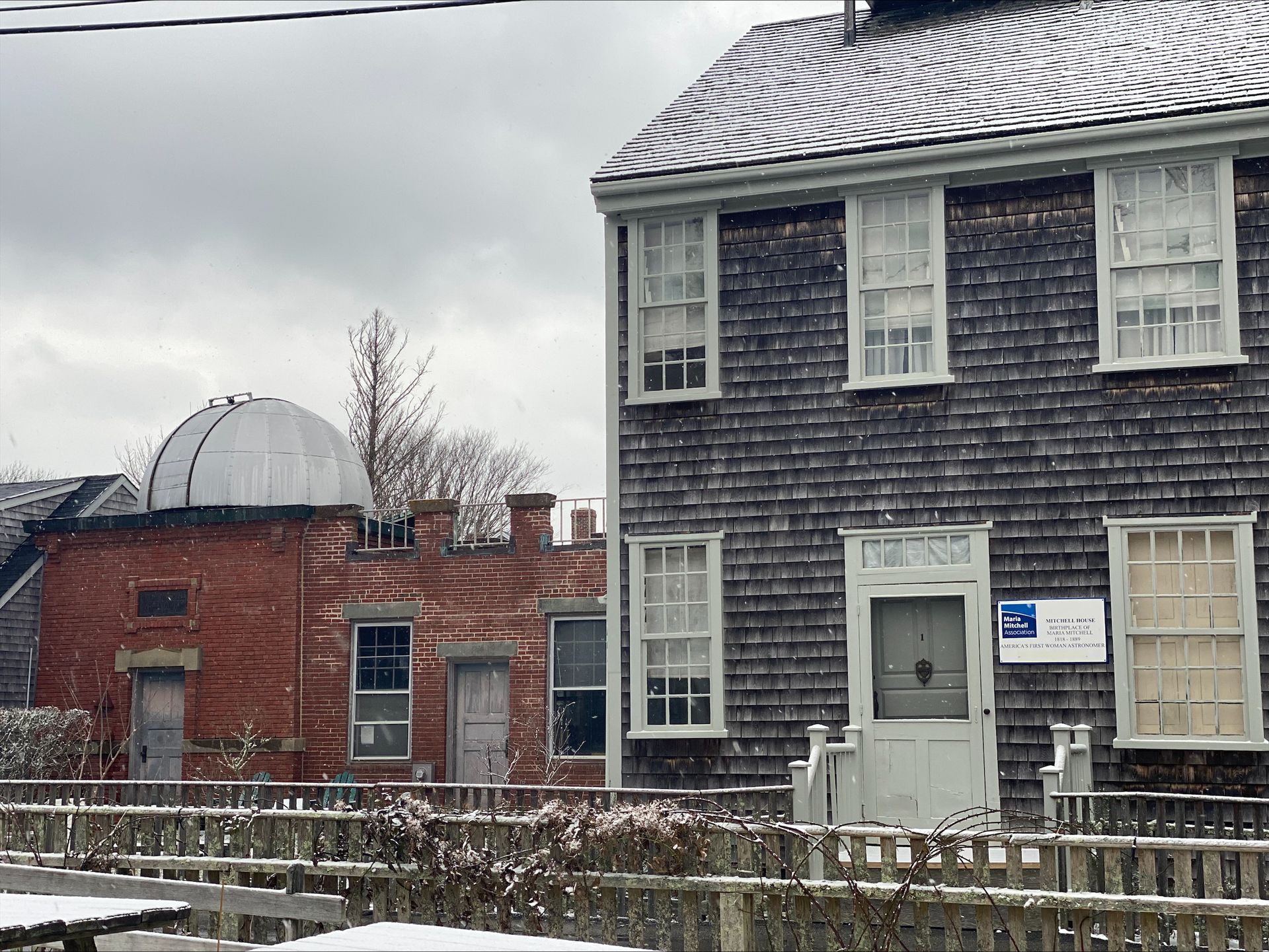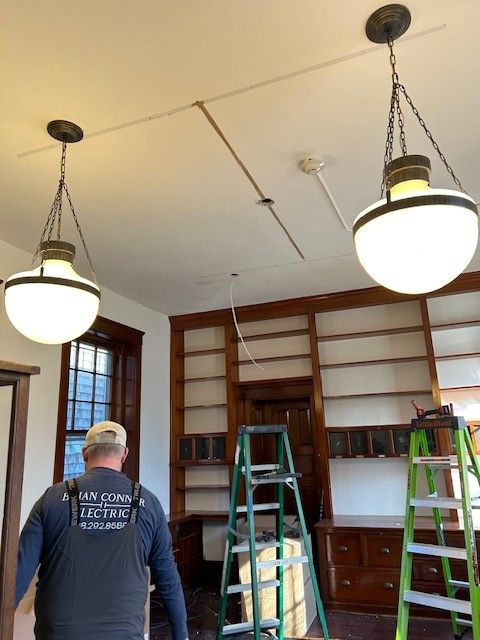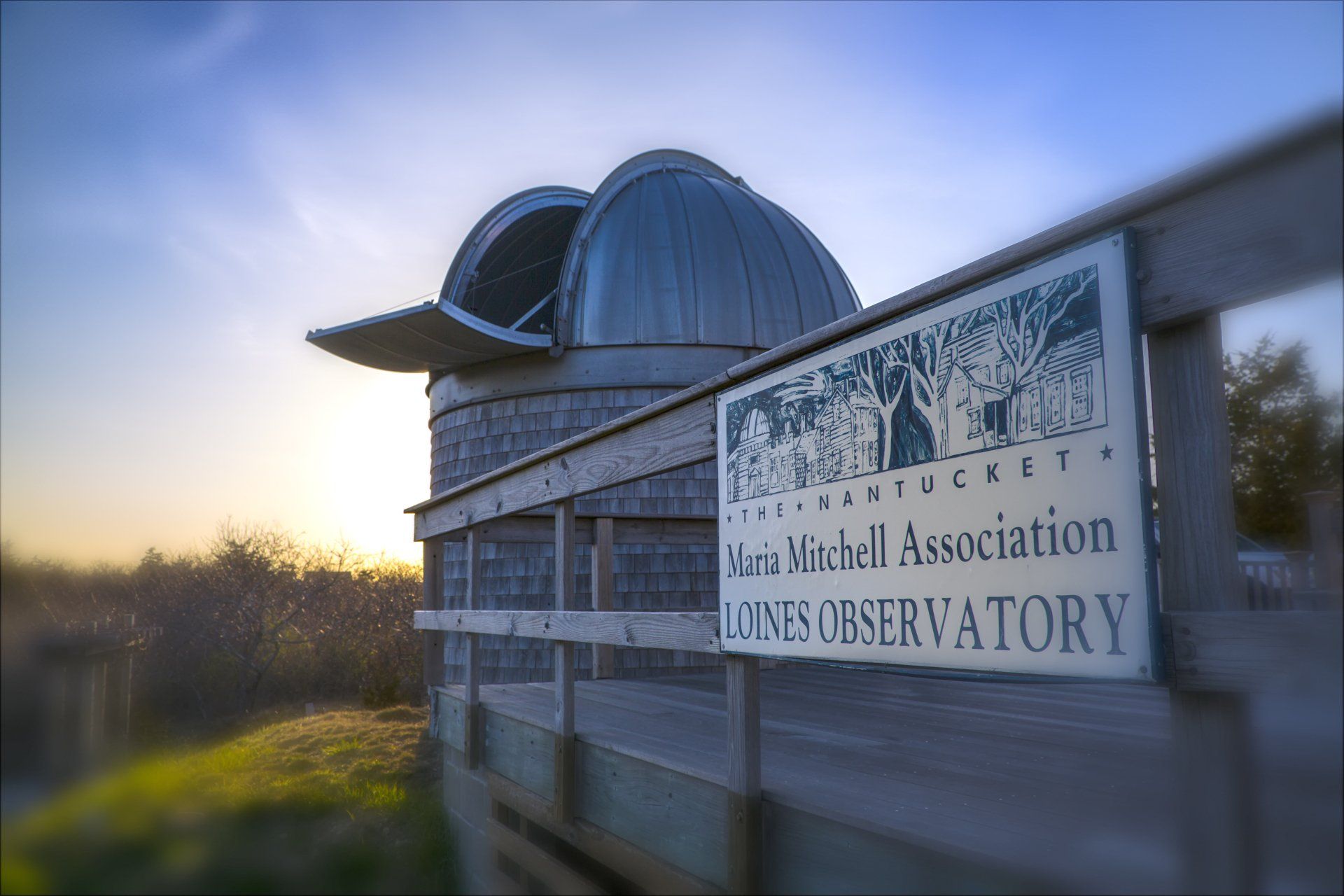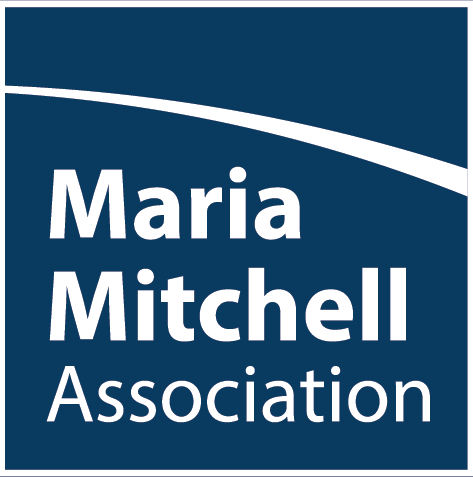Keep Calm and Bird On: March 2025
“If you don’t look, you don’t see. You have to go and look.”
-Edith Andrews
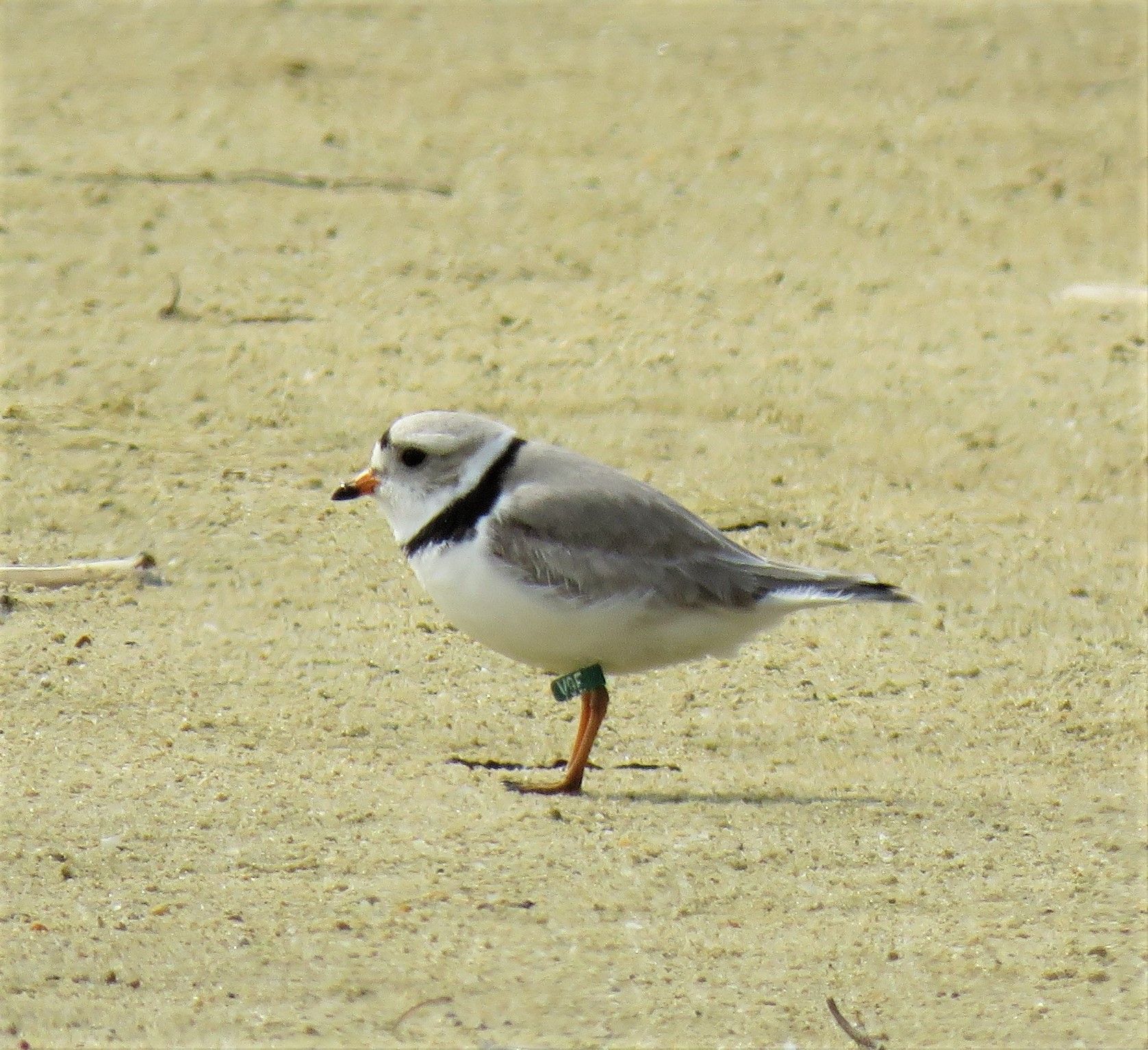
March is a transition time, when we expect the earliest of early spring migrants: Piping Plover, Ospreys, American Oystercatchers. It is also a time when some of our winter visitors will begin to think about heading north again: Harlequin Ducks, Green-winged Teal, Purple Sandpipers. So, it is a good time to catch up if there are gaps in your winter lists. Look for Iceland and Glaucous Gulls. This year, there is a Black-headed Gull to look for too. Or, if there is (ever) a calm night, listen for Woodcock.
But what if the weather is even more dreadful than usual? What if it’s just the usual suspects, day after day? Every birder goes though phases of interest, once the first excitement of learning the common birds for the season and locale is complete. What’s next? Some people go chasing further afield, travelling to exotic places for Toucans, Parrots, Manikins. This has the dual benefit of getting away to someplace warmer.
But what if you are not planning a trip? What if there is a sudden dearth of rarities to chase on Nantucket? Although we have been blessed with quite a few recently: Northern Lapwing, Tufted Duck, European Green-winged Teal. But, say you saw them all; what then?
If even the beacon-red head of a Eurasian Wigeon has lost its luster, watch behavior. Try to think like a bird, figure out what it is doing, and how it does it. You might notice one Red-breasted Merganser using the edge of a pond, with its little points and wrinkles, to trap fish against the shore as it herds them in. Or see a Great Blue Heron, usually so stately, make a lightning strike to nail an unexpected food, like a vole.
The thing about birds is: no matter how much you know, there is always more to learn.
Image by Trish Pastuszak
Recent Posts
